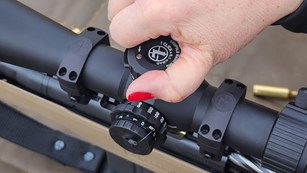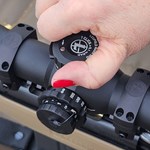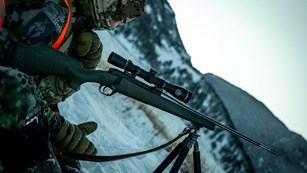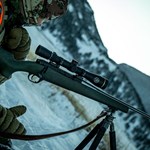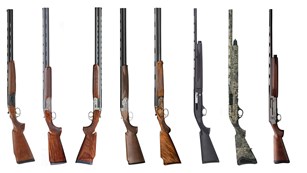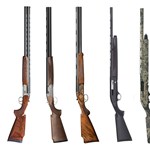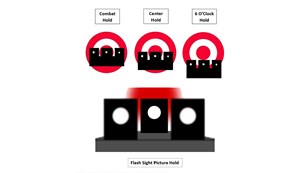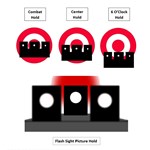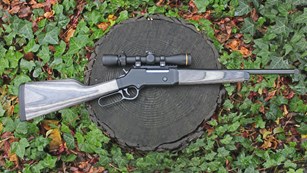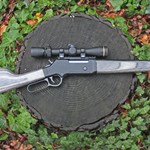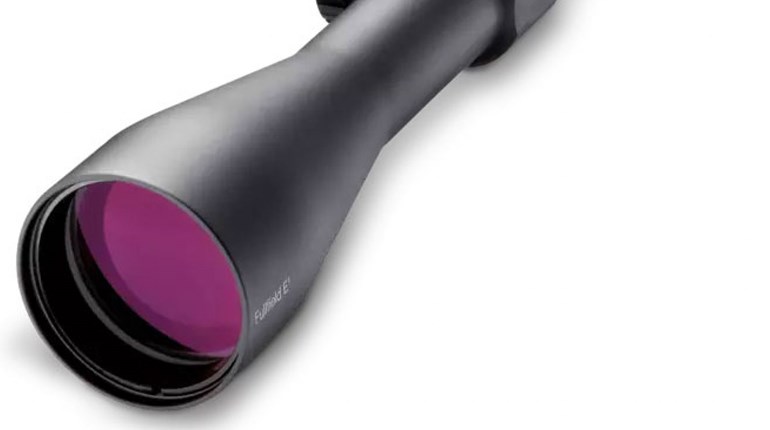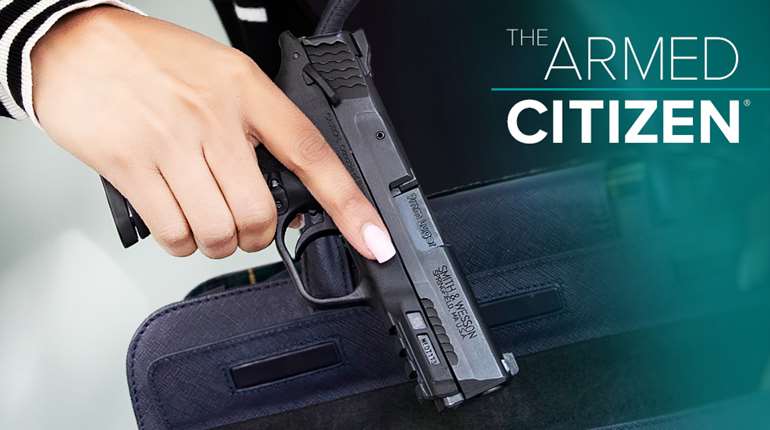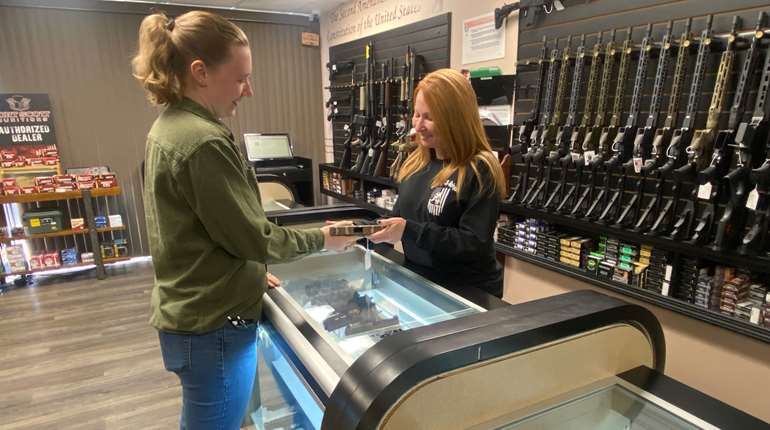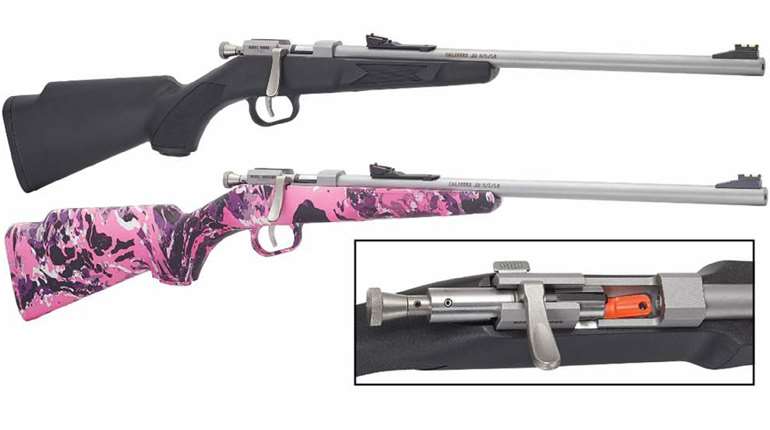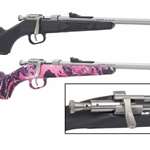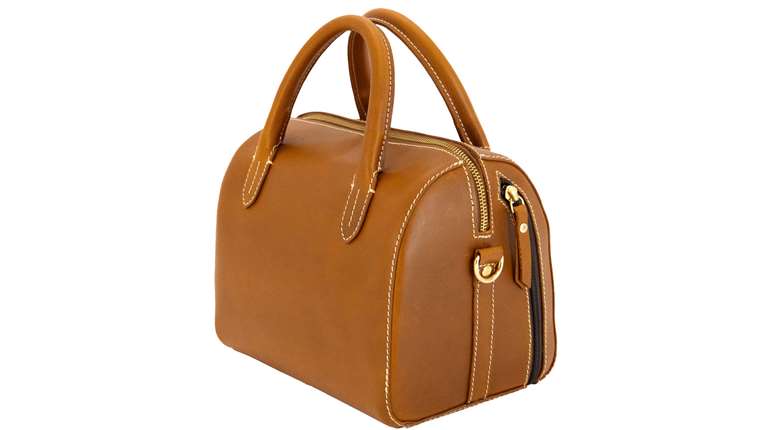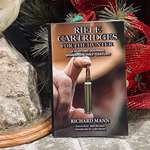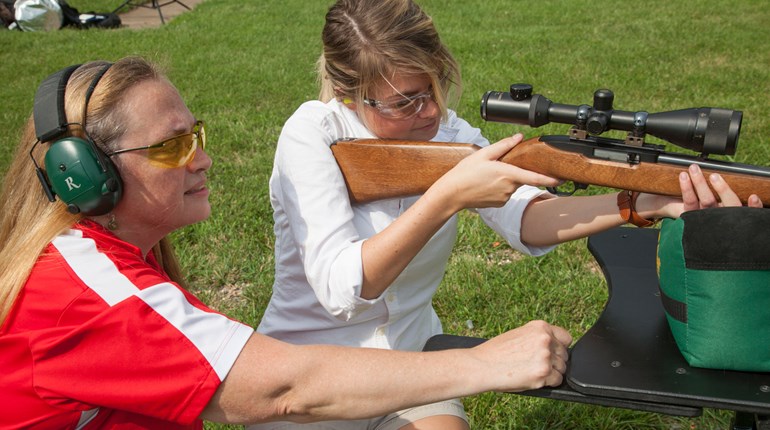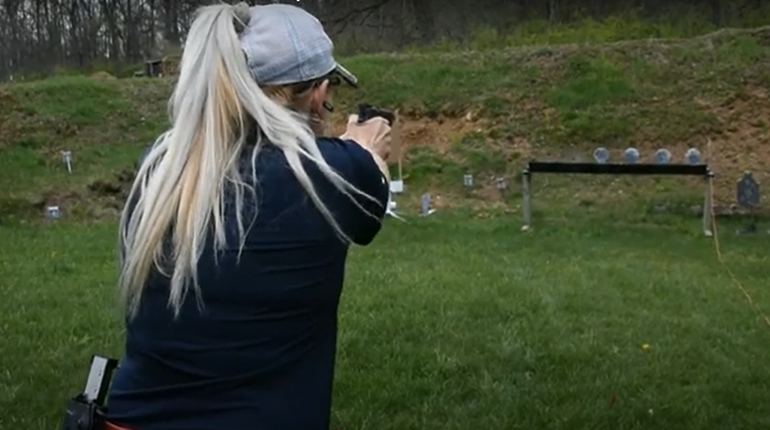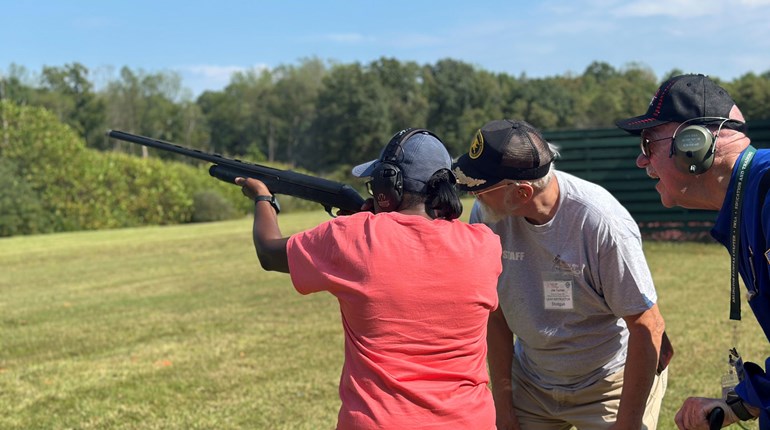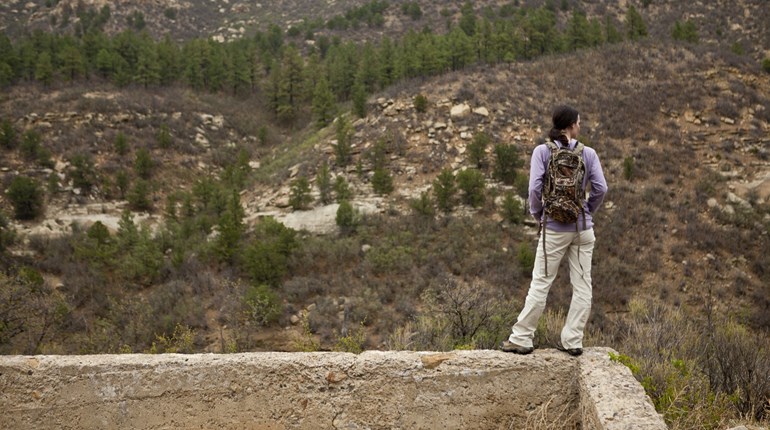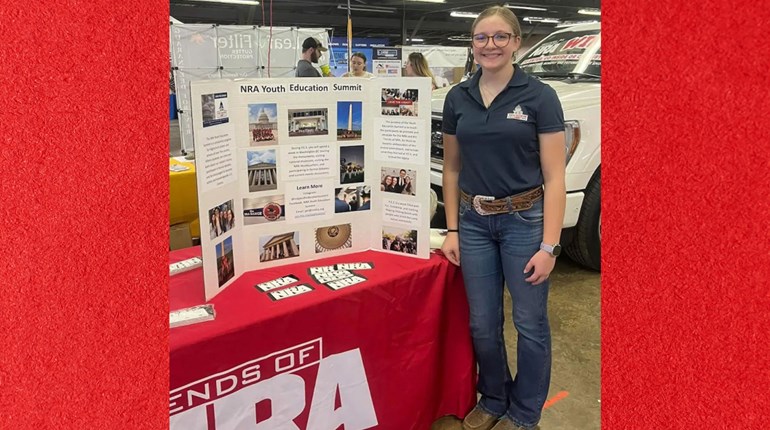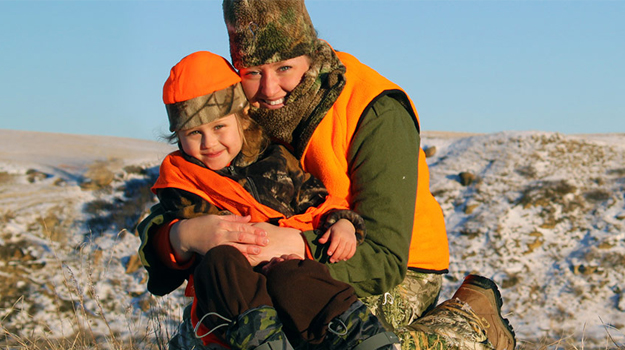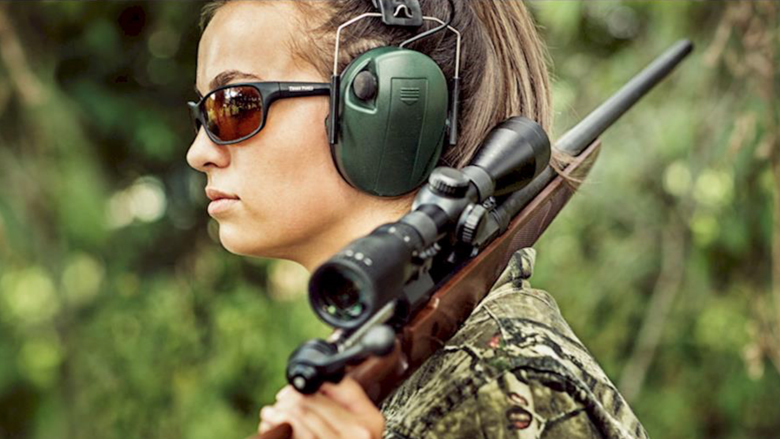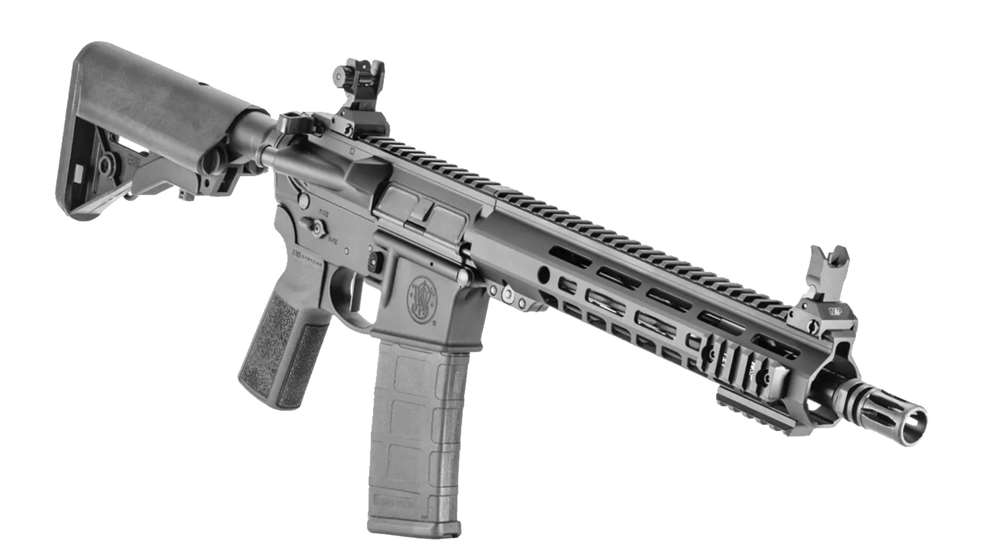
Under the National Firearms Act (NFA), shooters need special ATF-approved paperwork, a background check, and a tax stamp to own what’s called a “short-barreled rifle,” or SBR. This designation seems pretty simple at first—a rifle with a short barrel, right? Well, yes, but it’s more complicated than that.
Specifically, a lot of AR pistols and hunting pistols look very, very similar to short-barreled rifles, but they’re classified as pistols and thus are not subject to the additional restrictions. So what’s the difference?
What’s a “Regular” Rifle?
The ATF defines a rifle—just a normal, Title 1 rifle with which we are all familiar— in a couple of sentences. “A rifle is a firearm designed to be fired from the shoulder and designed to use the energy of an explosive in a fixed cartridge to fire only a single projectile through a rifled barrel for each single pull of the trigger. A rifle subject to the NFA has a barrel or barrels of less than 16 inches in length.”
So, in layman’s terms, a rifle:
- Is designed to be fired from the shoulder
- Has a rifled barrel of 16 inches or longer
- In addition, has an overall length of 26 inches or more
What’s a Pistol?
The ATF defines a pistol as “a weapon originally designed, made and intended to fire a projectile from one or more barrels when held in one hand, and having a chamber as an integral part of or permanently aligned with the bore, AND a short stock designed to be gripped by one hand at an angle to and extending below the line of the bore.”
The most relevant phrase there is “when held in one hand.” There is some clarification in the “Any Other Weapons” category that a pistol that shoots shotgun shells and has a smooth bore is not a pistol at all, but an AOW. But other than that, if a gun is originally designed to be shot single-handedly, the ATF classifies it as a pistol.
Now, What’s an SBR?
The ATF defines a short-barreled rifle as “a rifle having a barrel less than 16 inches in length.” Simple enough, but remember, to be an SBR, the firearm also must meet all the other qualifications of a rifle in the first place, which means it must be originally intended to be fired from the shoulder. It also must be over 26 inches in length, which is sort of a moot point—because it would be very difficult if not impossible to design a gun with a barrel 16 inches long AND a buttstock (to fire from the shoulder) that was shorter than 26 overall inches. There just isn’t enough space.
Now, if you take a gun that was originally a rifle and you cut the barrel down, you’ve made it into an SBR. But if you take an SBR and cut the stock off so that it can no longer be fired from the shoulder, you’ve created what the ATF calls a “weapon made from a rifle.”
What’s the Difference in SBRs and AR Pistols?
A gun that is designed to shoot with one hand is a pistol under the ATF definition, regardless of length. It’s standard for the overall length of a pistol to be less than 16 inches and the overall length less than 26 inches. So, easy enough: Short and one-handed equals pistol.
But I just told you that if you take the stock off an SBR so that it’s now short and can be shot one-handed, it’s a “weapon made from a rifle.” It’s not technically a pistol by the ATF’s definition, because it started its life as a rifle and was later converted. If it started as a pistol, it’s a pistol. If it started as a rifle or an SBR, it remains a rifle in some form and will never be classified as a pistol by the ATF. Interestingly, a gun can start life as a pistol and be converted to a rifle by ATF definition (by adding a permanently attached buttstock), but the reverse is not true. A gun that starts as a rifle will never be classified as a pistol. So two guns might look exactly the same but have different classifications based on how they started life.
Now, since a pistol is a gun that was originally designed to be fired single-handedly, an AR pistol or one of the short bolt-action hunting pistols is still a pistol regardless of its length, because it started life as a pistol. Where the confusion comes in is that it’s become popular to add a brace to an AR pistol, and these braces look a whole lot like buttstocks, and consequently, a pistol with a brace looks a whole lot like an SBR. But the pistol remains a Title 1 (less regulated) firearm, while the SBR falls into Title 2 and comes with additional regulations, restrictions and taxes.
The key is that braces aren’t buttstocks in a few different ways. A brace is often, though not always, made of rubber, and it’s typically got a shorter length of pull than a buttstock. It will usually have straps of some kind, because braces are intended to be strapped to your forearm and held—or “braced”—against the crook of your elbow. This lets you fire the pistol one-handed as designed; it simply gives you a little more stability as you balance the weight of a heavy gun in one hand.
Rifle stocks, on the other hand, are typically more dense and hard. They can be foldable or collapsible or fixed, but they’re designed to nestle into the shoulder.
Now, because pistol braces look so much like buttstocks, some people will put a brace-equipped pistol to their shoulder as if they were shooting a gun with a buttstock. The legality of these braces has been all over the place over the years, because the ATF reasoning was that if you’ve added a brace to your pistol and you’re holding it to your shoulder, it’s pretty much a rifle at that point, and since it’s short, it would classify as an SBR. However, the current standing (thanks to the courts) is that pistols with braces are not SBRs and are therefore not subject to additional regulation.
In Layman’s Terms?
The simplest way I can say it is this: A short-barreled rifle is a gun that has a rifled barrel under 16 inches or an overall length under 26 inches AND which was originally designed to be fired from the shoulder. SBRs can be built as SBRs from the factory or they can be made from a regular rifle with the barrel cut down. Please note that if you wish to do this, you need all the ATF paperwork and taxes that you’d need if you were buying an SBR (although the form is slightly different).
A pistol equipped with a brace, even if it looks nearly identical to an SBR, is not considered an SBR because it was originally designed to be fired from one hand and the brace is not intended to be used from the shoulder (although it can be; that’s not the original purpose).
